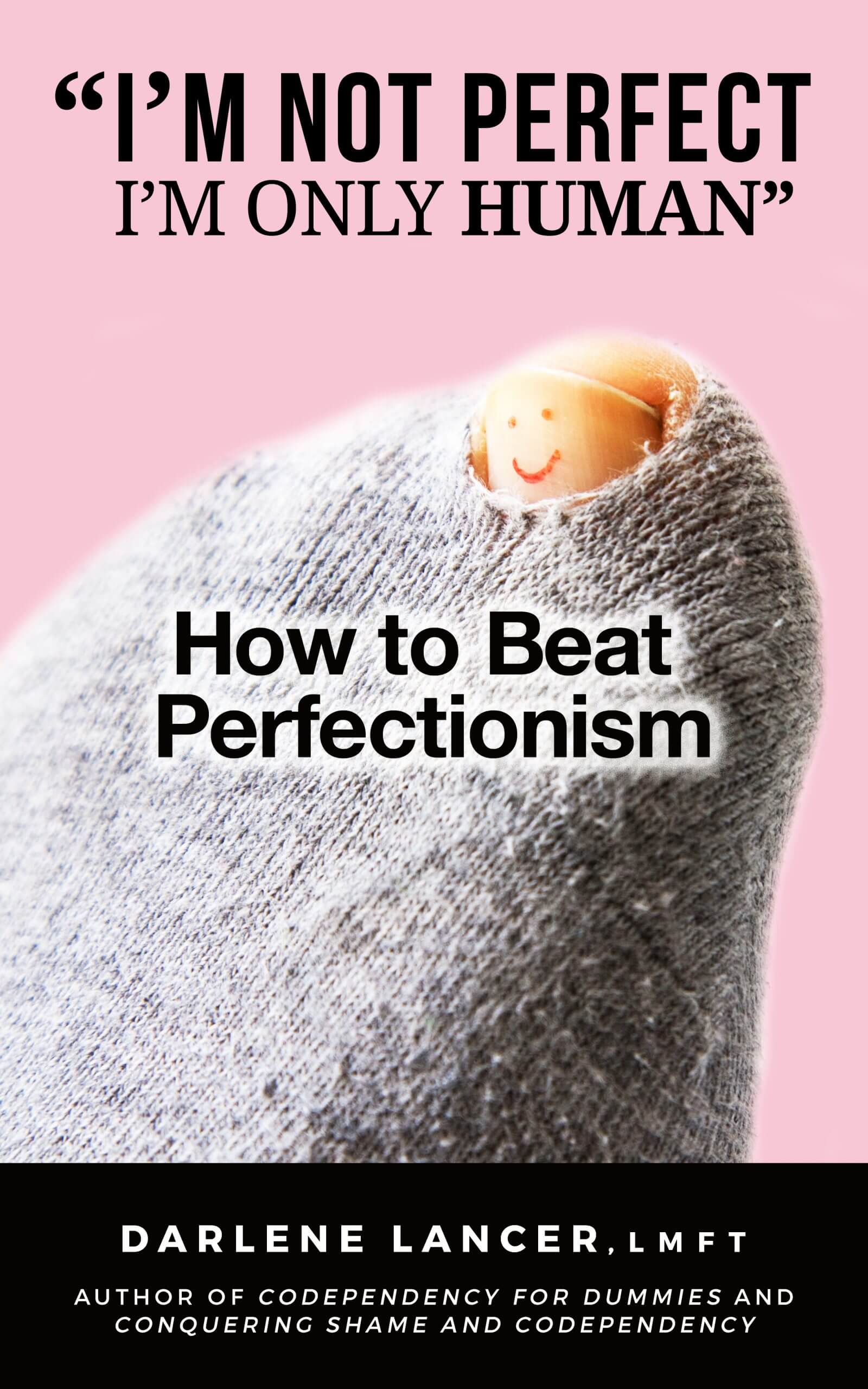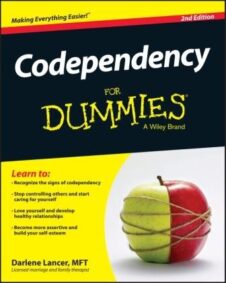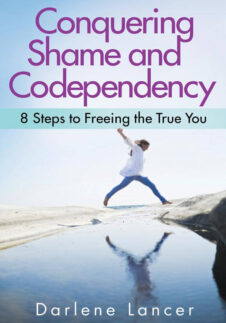“I’m Not Perfect––I’m Only Human” –– How to Beat Perfectionism
$ 6.95
Perfectionism can be a blessing or a curse. When it helps us, it lifts our mood, and we can achieve significant accomplishments. But perpetually seeking an illusion can have serious consequences. It can become a painful trap from which we’re unable to escape. Its self-sabotaging side effects undermine our goals and creativity and spill over onto our co-workers and loved ones, damaging our relationships. At worse, it can be dehumanizing and compromise our ability to feel love and experience joy.
Fortunately, there are concrete steps to overcome perfectionism. This book discusses different types of perfectionists, from positive perfectionists to narcissistic perfectionists, how their relationships are affected, and the common myths they hold. Other disorders, such as OCD are distinguished, and the psychological, genetic, and environmental causes of perfectionism are explained. Examples of typical symptoms, thoughts, and behaviors are described. Ten chapters lay out the steps and detailed exercises to overcome perfectionism and achieve greater self-acceptance. The Appendix contains a personality test and parenting tips to build self-esteem rather than perfectionism. Listen here and here to interviews about the book.







Traveler –
This ebook is a very detailed and useful self-help guide for those struggling with the angst of trying to be perfect, and the constant self-criticism that comes along with never reaching that goal. The first half of the book goes into depth identifying exactly what is perfectionism. Lancer separates fact from fiction, looks at causes, and breaks down the different types of perfectionism in relationships.
The second half of the book is what most people will dig into for practical change. The author guides the reader on a journey to self-analyze his or her own personal roadblocks—areas where their perfectionism causes inflexibility and unrealistic high standards. Negative thinking patterns are flushed out for self-inspection through carefully crafted questions. Circular thought patterns are revealed. Once these exercises are complete, the reader can embark on practical changes. The author gives examples, such as showing up five minutes late for an appointment, or parking your car crookedly—whatever gets your goat, begin small. But change is dependent on the previous self-inspection steps. There is help with decision making (sometimes a real bind for a perfectionist), enjoying activities, sharing with others, and self-acceptance and self-compassion. Lastly, the appendix includes a personality test and tips for parenting.